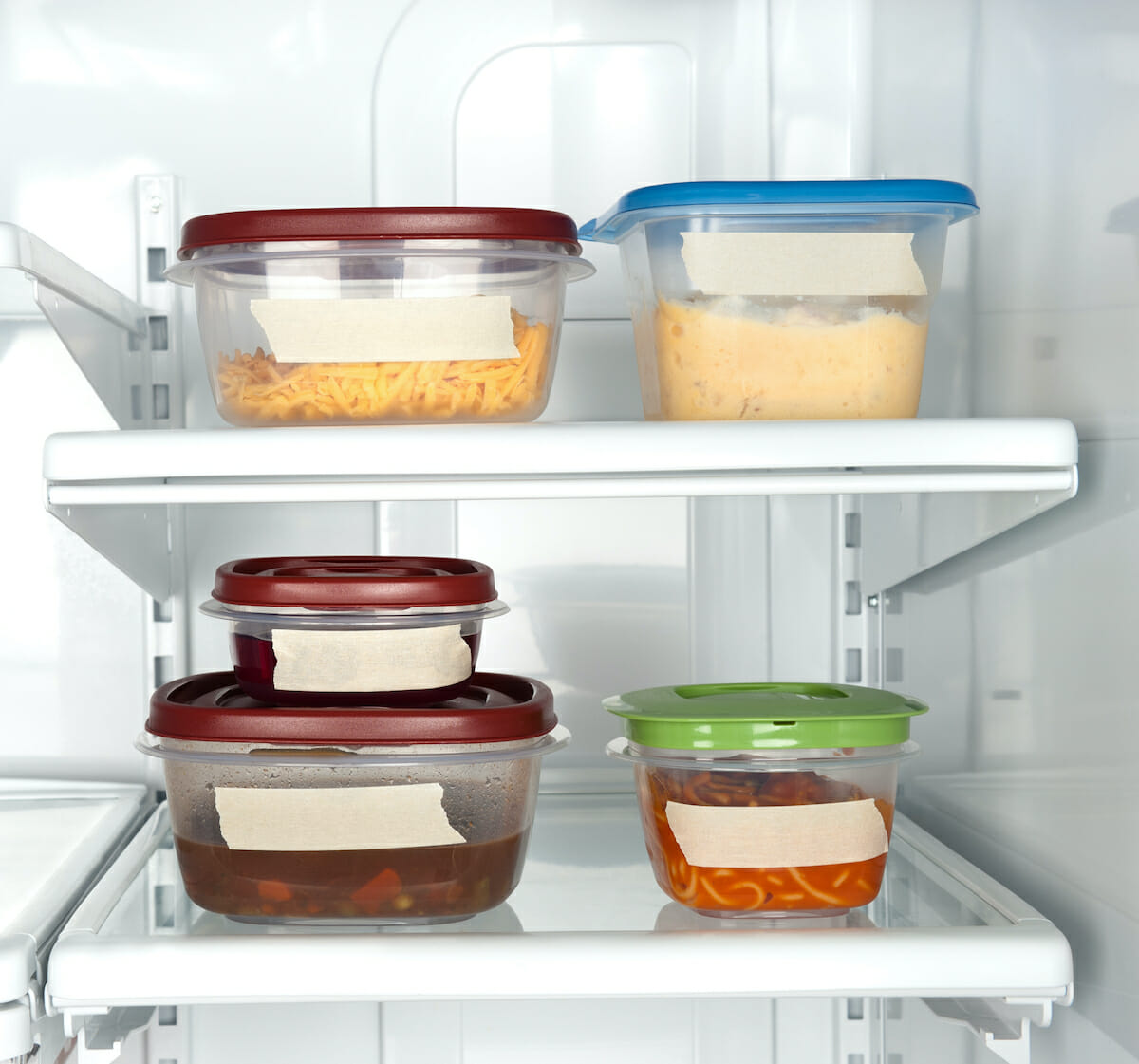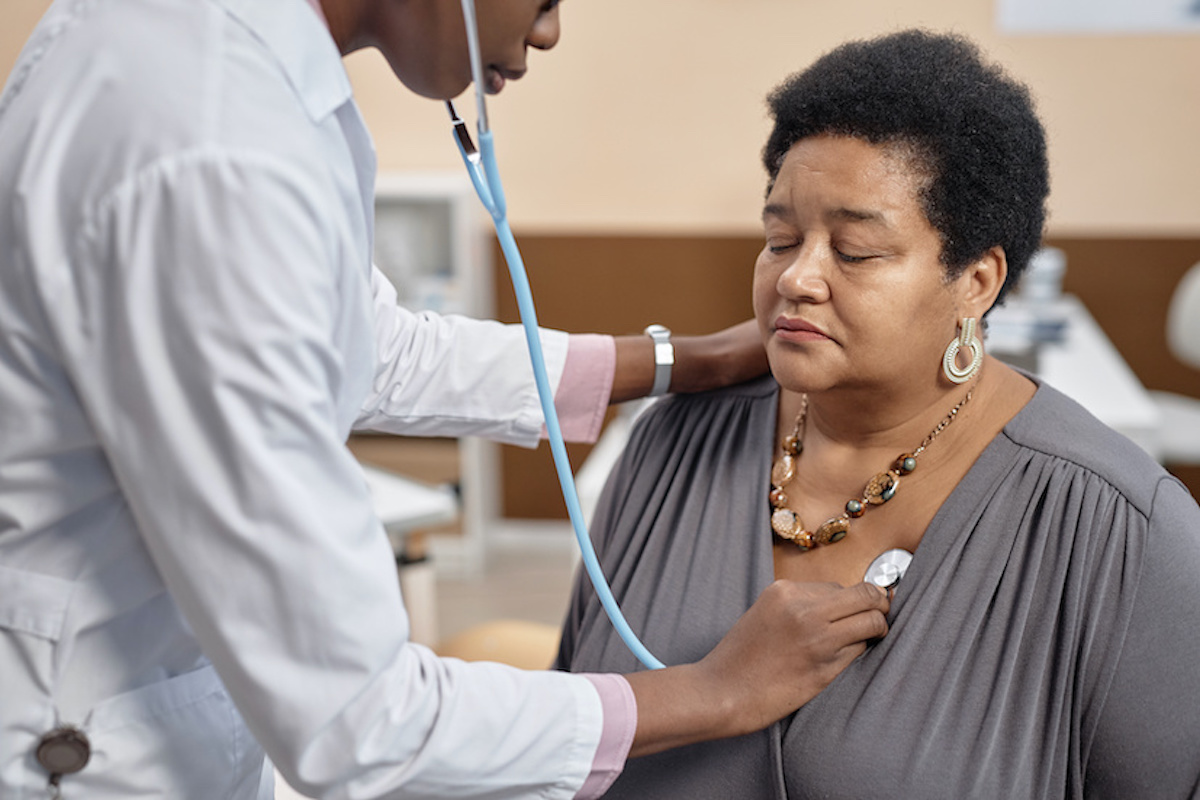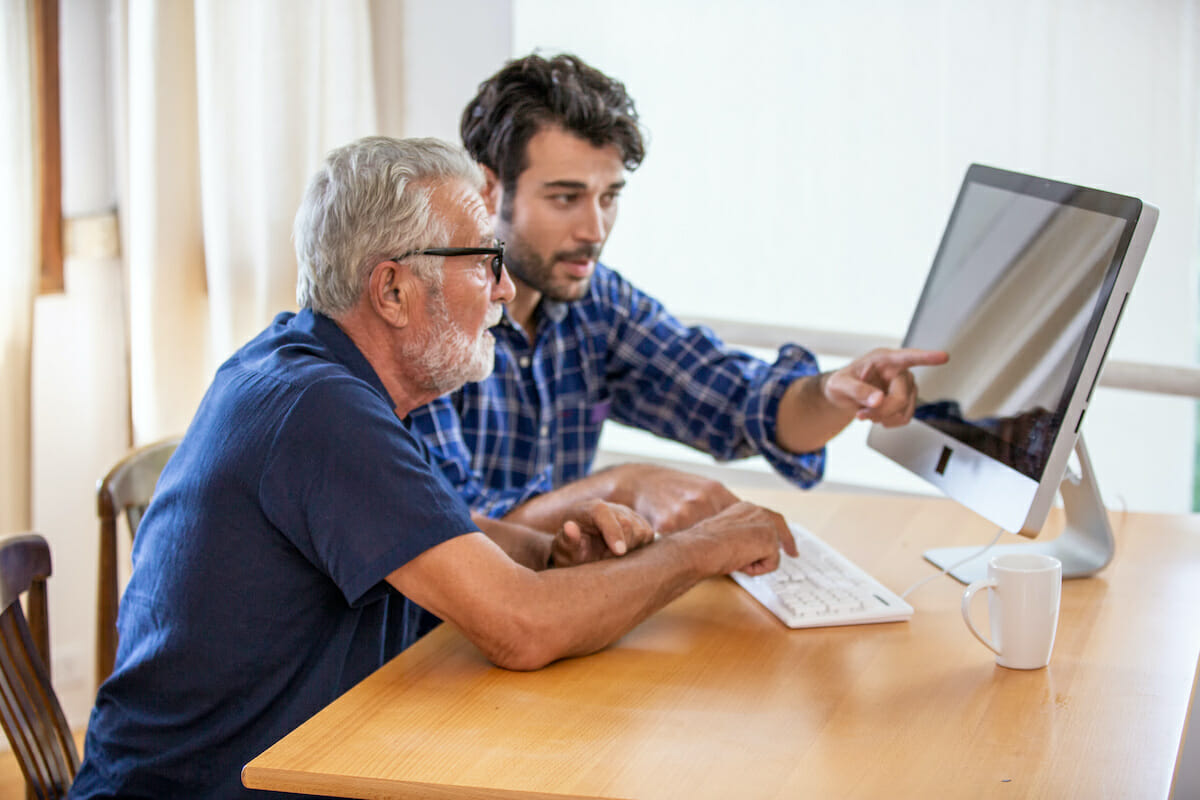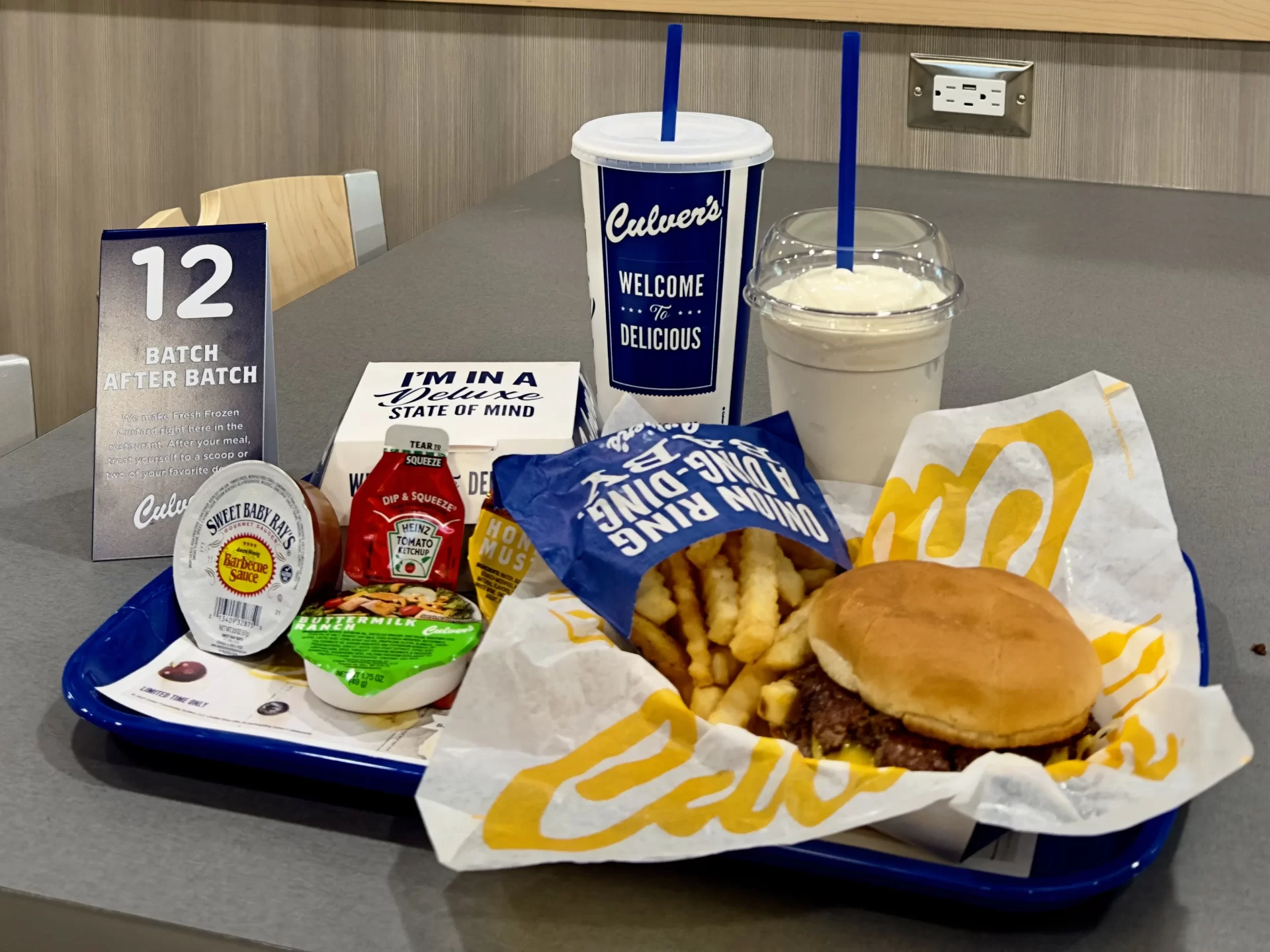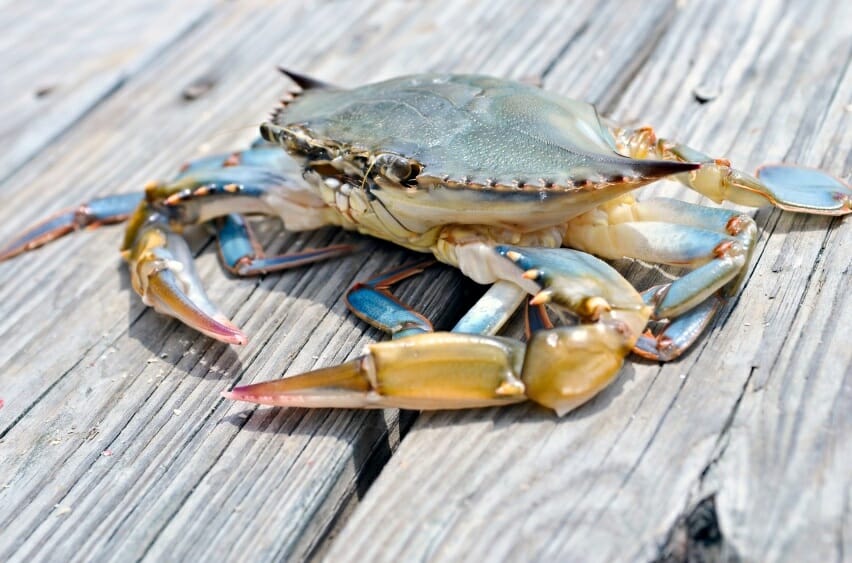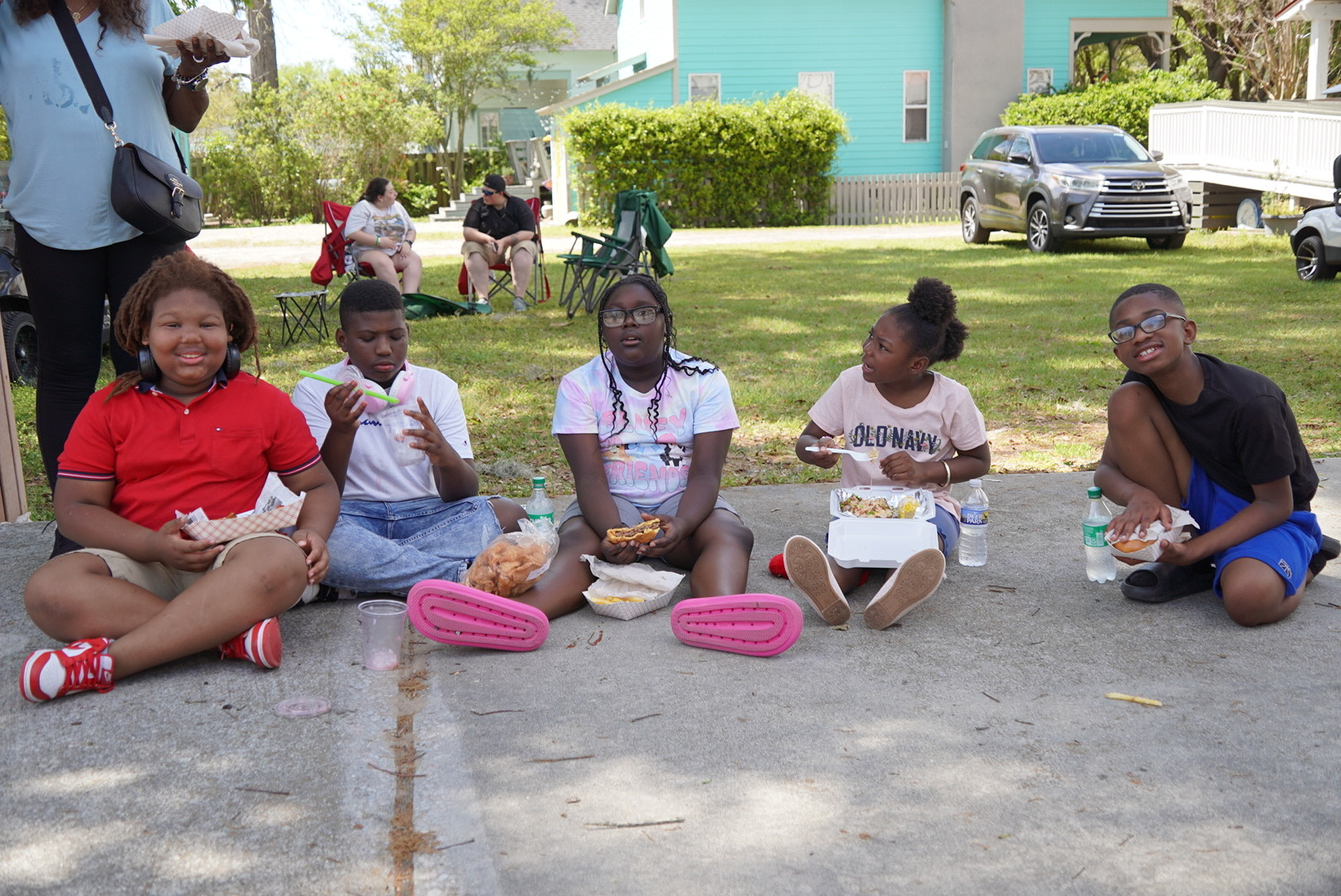Few meals are created and then eaten in their entirety. That’s especially true of holiday meals or other special events. Leftovers are to be expected, and in many cases, leftovers are eagerly anticipated. Sometimes leftovers can be even more delicious than when the meal was originally served.
Storing leftovers may not be so simple, as poorly stored foods may end up causing illness when eaten later. Learn the basics of leftovers and how to prolong the shelf life of foods left behind.
Foodborne illness, also known as food poisoning, is caused by harmful bacteria growing in food. Few people can detect changes in the taste or texture of contaminated food, so it can be difficult to know if an item is dangerous to eat, says The Mayo Clinic. Bacteria grow well in what is termed “the danger zone.” This is between 40 F and 140 F.
Many instances of foodborne illness can be prevented through proper food handling, which begins when food is purchased and continues during the cooking process, culminating in the safe storage of leftovers. The U.S. Department of Agriculture’s Food Safety and Inspection Service recommends refrigerating leftovers within two hours of cooking food or holding it hot. All food that has been left out for more than two hours should be discarded if it is perishable.
The Mayo Clinic advises that most leftovers can be kept between three to four days in the refrigerator. If they will not be eaten in that time frame, it’s best to freeze the food for a later time. When frozen, some foods can last between three and four months.
To cool food rapidly and deter the growth of bacteria, separate food into small, shallow containers. Cut large items of food into smaller portions to cool. Do not allow foods to cool on the counter before storing them in the refrigerator.
Thawing out leftovers presents another possible safety issue. Use a cold water bath, the refrigerator or the microwave to defrost frozen leftovers. Refrigerated foods can simply be reheated.
When reheating leftovers, make sure they reach 165 F. Gravies, soups and sauces should be brought to a rolling boil. The USDA also recommends covering leftovers to reheat them. This retains moisture and ensures that food will heat all the way through. When cooking foods in the microwave, check for cold spots in the food, and reheat accordingly.
Safe handling of leftovers can help prevent illness and ensure that leftover food does not go to waste.


